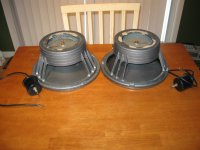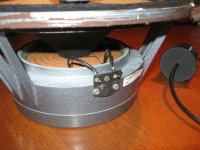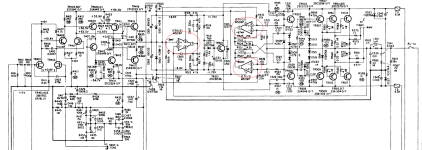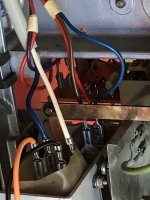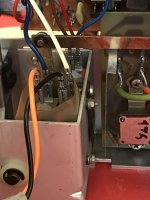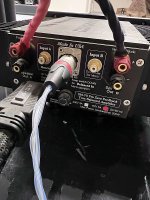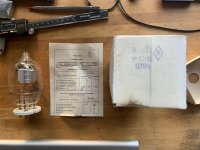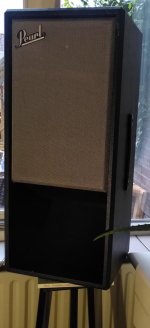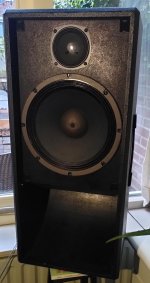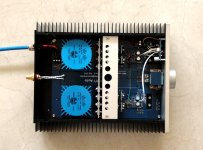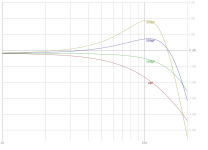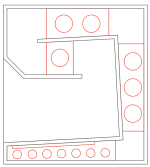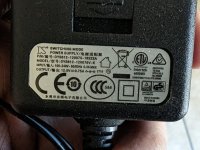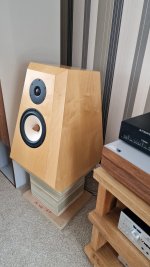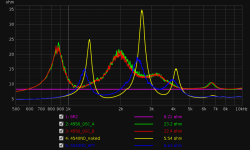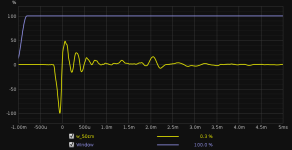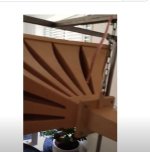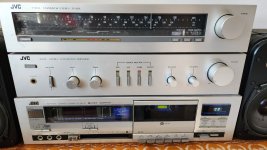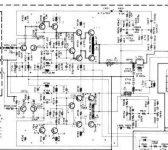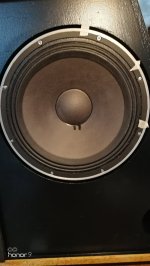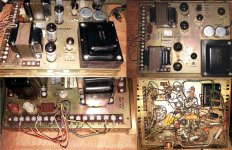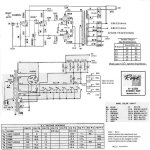Hi all!
Im very active on audio karma but im also trying to become active on this form as It seems pretty nice! Ive been browsing a lot on here and now its time for my first post.
Im a broke college student who loves audio engineering and I made my first real nice pair of speakers
Here are the specs
FaitalPRO 8fe200 8" woofer. 95db sensitivity
Morel CAT-308 1-1/8" soft dome tweeter in a wood horn. (90 db efficiency but the horn brings it to 96-97db
Crossover is 2.3 Khz 12db slope
Two Dayton audio KABD-4100 4x100w bluetooth amplifier with DSP. One 4 channel amp is for the speakers and the other will be for the subwoofer I'm making.
Ive done a lot of upgrades that have significantly improved the sound quality such as..
1. removing the faceplate from the tweeter so the dome sits closer to the throat of the horn (more ideal)
2. adding front baffles with a radius along the edges which improved the imaging
3. upgrading the wiring harness from the stock "aluminum wire" harness to a copper wire harness. this yielded a huge improvement in sound quality. A much fuller, signifigantly less harsh, more detailed sound and there is more "space between the instruments"
4. Using analog crossovers instead of the dsp. Initially there was. TON of hiss and noise coming from both the woofer and the tweeter due to the digital dsp not being able to filter out any hiss/noise after the DSP stage. This also made them sound noticeably less harsh and took the sound to the next level.
Over all this is a very large bookshelf speaker. The woofer sits in a 1.2 cu ft ported enclosure and I has usable response down to 60-ish hz but I am working on a subwoofer design with a Ciare HS251 10" DVC subwoofer and should have that done in two months or so. so far I've spent $2000 on these speakers (including $700 on super nice 13 layer baltic birch ply for the subwoofer and main speakers)
here is a picture of the speakers
One of the woofers was punctured with a falling clamp so I used silicone adhesive to seal it back up and it does the job but ill be buying another woofer soon .
each speaker weighs approximately 25-30 lbs. very heavy and there is a lot of bracing and sound deadening in each one. The front baffle is removable and the final design will have nice threaded Allen bolts that sit flush with the front baffle for easy removal and better looks.
But how do they sound???
When I made the first prototypes (before all the improvements listed above) they sounded lively, dynamic, but very harsh and saturated, and they seemed to lack detail and fullness and there was a ton of noise and hiss. after doing all of these improvements, they have fantastic imaging, SUPER clear sound, more "space between the instruments", a much fuller sound, and less hiss. if I had to describe the sound, I would say it is very "luscious" and you don't "hear" the boxes/enclosures nearly as much as when I first made the prototypes. they do lack some Low end authority below 50hz, but soon I will add a meaty subwoofer that should be able to hit 35hz at 113db at peak output. The analog crossover and copper wiring harness both made the most significant improvements to the sound and really took it to the next level.
Eventually I will be 3d printing the horns as the wooden ones don't fit perfectly and are slightly sloppy as they needed a two sided cnc machining procedure which is very hard to do but for now they do the job.
I will also be making a nice wood enclosure for both amplifiers and power supplies that matches the speakers but this is after I complete the subwoofer.
I am already super happy with the sound and they definitely "hi-fi". very very good sound! I cannot wait until the subwoofer is done!
MY ONLY GRIPE is there is some mild distortion in the midrange from the tweeter. im not sure if this is my room (listening in a 20x20 room so im sure there are room nodes) but ill take some measurements of the speakers outside and post them later.
I may try and make better horns but I need help selecting and designing horns so any advice is appreciated!
